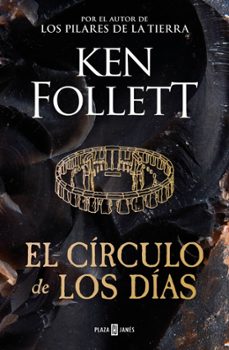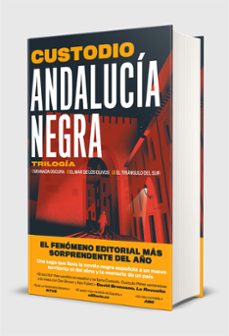📗 Libro en inglés CHILLIDA OPEN-AIR SCULPTURES (INGLES)
POLIGRAFA- 9788434313859
Sinopsis de CHILLIDA OPEN-AIR SCULPTURES (INGLES)
The public works of Eduardo Chillida, present in numerous cities in the world, figure among the most intense and telling creations of contemporary monumental-scale sculpture.
In most cases, these works involve architectural, urban or landscape aspects, and the problem that the artist must face is the organization of the works in the space, whether in relation to the external environment in which the work is placed––as in Wind Combs, in struggle with the aggressive Cantabrian Sea; in the idyllic peace of the Gure Aitaren Etxea (House of our Fathers), in Guernica; or in the Eulogy to the Horizon, in Gijón––, or to interior space, closed and sometimes hermetic, which for the artist has a value that is both stimulating and creative.
Throughout his essay, Giovanni Carandente analyzes,in addition to the artistic, stylistic and environmental aspects, the profound ethical implications of Chillida's work; from steles dedicated to intellectuals, thinkers and friends, to tributes in recognition of poets and artists––from Goethe and Khayyam to Hokusai and Miró.
This volume also includes a wide selection of the Basque artist's writings that bring us closer to his desire to "define the hollow three-dimensional through the full three-dimensional, establishing at the same time a kind of dialogue between them ... The dialogue be...
Ficha técnica
Editorial: Poligrafa
ISBN: 9788434313859
Idioma: Inglés
Número de páginas: 304
Encuadernación: Tapa dura
Fecha de lanzamiento: 05/06/2019
Año de edición: 2019
Plaza de edición: Es
Peso: 2197.0 gr
Especificaciones del producto
Escrito por Eduardo Chillida
Eduardo Chillida (San Sebastián, 1924-2002) es uno de los grandes artistas del siglo XX. Su deslumbrante trabajo le valió los más importantes galardones, como la Medalla de Oro de las Bellas Artes (1981), el Premio Príncipe de Asturias (1987) o la Cruz de la Orden al Mérito de Portugal (1995). Sus obras, nacidas de una pregunta constante al tiempo y el espacio, alcanzan la plenitud en los lugares donde el escultor buscaba respuestas: el mar, el horizonte, la luz atlántica… Su legado le sitúa como uno de los máximos exponentes de la escultura de la segunda mitad del siglo XX.
Descubre más sobre Eduardo Chillida Recibe novedades de Eduardo Chillida directamente en tu email
Opiniones sobre CHILLIDA OPEN-AIR SCULPTURES (INGLES)
¡Sólo por opinar entras en el sorteo mensual de tres tarjetas regalo valoradas en 20€*!






























